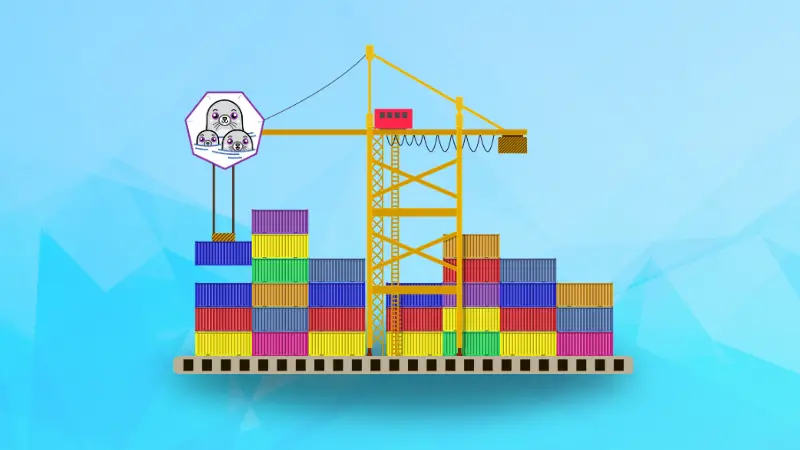Container Management With Podman
Fri, 22 Aug 2025 13:09:14 +0530

⏳ Time to complete: Approx. 3 hours
📋 Prerequisite: Familiarity with Docker, containers and Linux command line
The containers are often synonym with Docker. But Docker is not the only containerization tool out there.
Red Hat's Podman is a promising tool for your container needs. The syntax is similar to Docker, so you don't have to unlearn Docker first and then learn something new.
This Podman tutorial series aims to make you familiar with Podman. By the end of the series, you should be able to learn the difference between Docker and Podman and you should also be able to start using Podman for your container workflow.
What will you learn?
In this Podman tutorial series, you'll learn:
- The difference between Docker and Podman
- To create and destroy containers with Podman
- To autostart Podman containers when the system boots
- To update Podman containers
- Rootless containers concept
- Podman Compose concept
Prerequisite
This Podman mini-course requires:
- That you are not unfamiliar with the containerization concept
- Experience with Docker
- Familiarity with the Linux terminal and commands
How to use this mini-course?
It's quite simple actually. The course is divided into chapters. The chapters of the series are always visible in the left sidebar and you can easily switch between them. The sub-sections of a chapter are located in the right sidebar.
The next and previous chapter navigation are also present at the bottom of each chapter.
For any doubts, you can always use the comment section available under each chapter.
Let's get started first by understanding the difference between Docker and Podman.
Recommended Comments